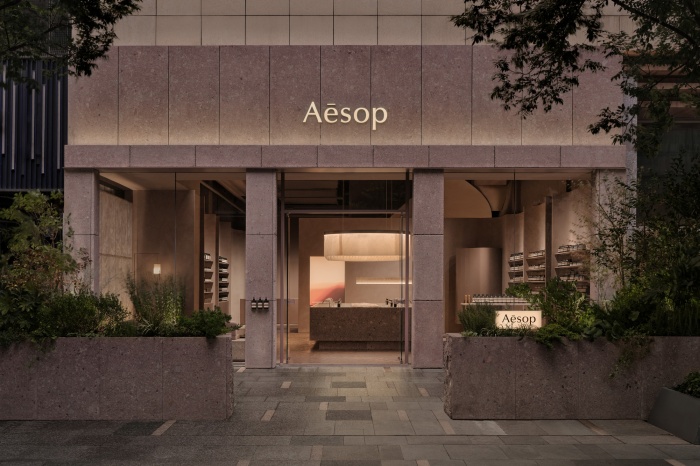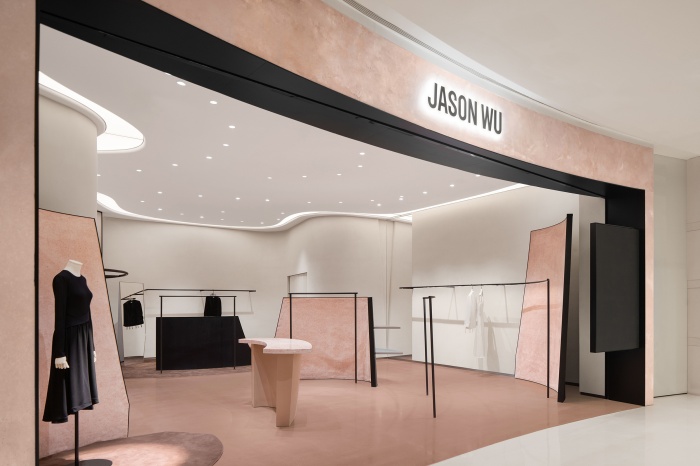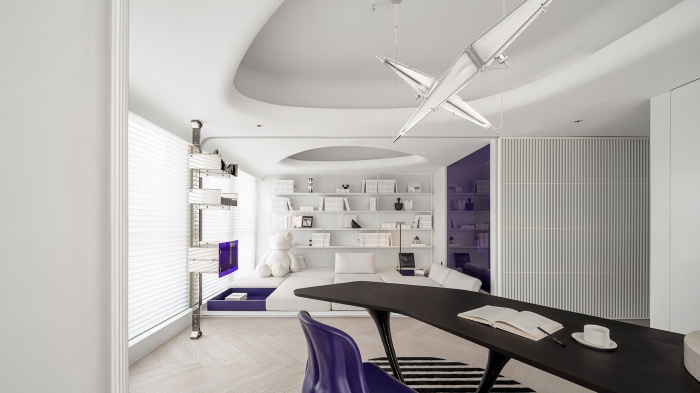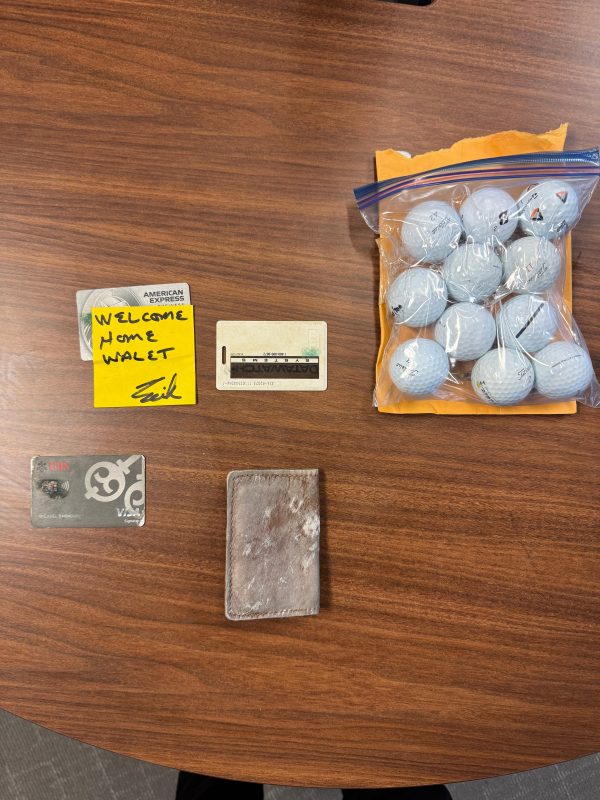Bridging Nature and Design: Aesop Hangzhou by Atelier Suasua

The Aesop Hangzhou project, designed by atelier suasua, is inspired by the bridges in Hangzhou, symbolizing connection and communication. The 224-square-meter space incorporates local materials such as “Gaohu” stone, shaping both the interior and exterior to create a harmonious link between nature and architecture. A central feature is a water basin with stone slabs, while the space is filled with local artisanal details, such as handcrafted paper lighting and bamboo elements, adding warmth and a contemporary touch.
atelier suasua: When entering the space, the huge water sink in the center is a concrete manifestation of the concept. People can stroll or stop by “the bridge,” where the water is flowing from the tap and the rectangular stone slabs bridging it create a dynamic context for “connection.”
Zhuji County outside Hangzhou is rich in a kind of stone called “Gaohu Stone”, which has been mined for hundred years since the Daoguang period of the Qing Dynasty. Due to its excellent quality of durability and elegant color, it has typically been used in the aforementioned bridges, roads, and ancient temples.
Our site is located in between restaurant neighbors with outdoor stalls along the street, which also generates a big customer flow. We hope that guests will feel calm and pleased as they approach the store. So, stone colonnades and curving benches define the entrance domain, providing respite for weary wanderers.
The Gaohu stones become the natural background of the courtyard, and the plants on both sides are mostly native local species. Plants of different heights and vines hanging on the stone elevation add natural wildness to the courtyard. With the changes of light throughout the day and the changes of the seasons throughout the year, the courtyard will present different scenes quietly and vividly.
Entering the interior through the colonnade, the space unfolds with the central sink as the protagonist. We ensured a 6m height by not installing a suspended ceiling to keep the original building volume. The shelves on both sides and the overall space maintained a unified color tone with the Gaohu stone. Behind the central sink, the spiral staircase left by the previous user was preserved and repurposed as a dynamic spatial element; its curving wall naturally defines the individual en-suite sink area.
From the outside to the inside, the curved lines connect the spaces into a whole. The outdoor curved flowerbed ensures the privacy of the courtyard. The curving wall formed by the spiral staircase guides visitors deeper into the deeper of the space. The small stones laid on the indoor floor following the pattern of water ripples add a flowing rhythm to the overall space.
Warmth of craftsmanship – Hangzhou is rich in products and has a large number of traditional artisans and craftsmen. Yuhang oil-paper umbrellas have a history of 250 years. We used traditional local oil paper in many places in the store. The local green tea leaves added to the paper-making process make it more iconic. The most important object is the ample chandelier above the central sink. The oil paper hangs down from the ceiling layer by layer, and the light spreads from it, creating a modern form for the traditional material.
The wind from the air conditioners on both sides blew gently towards the paper, and the paper swayed slowly to form a wave like the surface of the lake, which was also an unexpected surprise. In the seating area deep in the space, a 2m diameter oil-paper umbrella made by a traditional Yuhang artisan has been converted into a light fixture, which provides warm light while fully displaying the structural beauty of the handmade bamboo frame. At the same time, we worked together with bamboo craftsmen to add interesting local details to various parts of the space.
The fragrance armoire emphasizes the action of opening, so we wrapped its handle with bamboo strips to increase the contact between guests and the material. The woven bamboo texture appears densely in the seating area and en-suite sink space at the deepest part of the space. To balance the gravitas of the pervasive stone, it emphasizes the intimate wrapping feeling.







